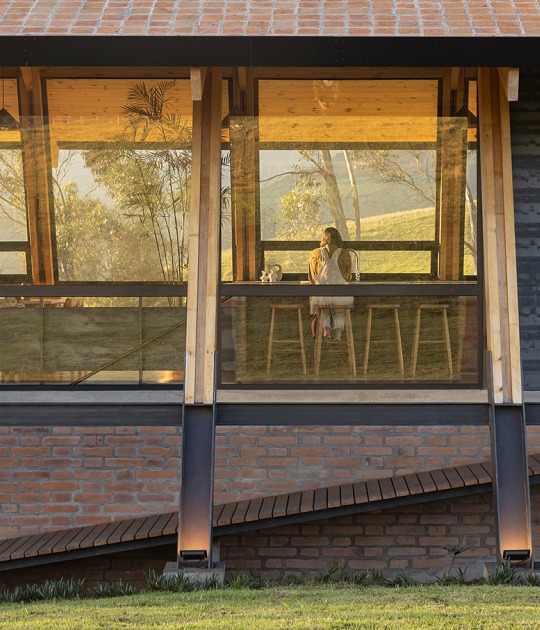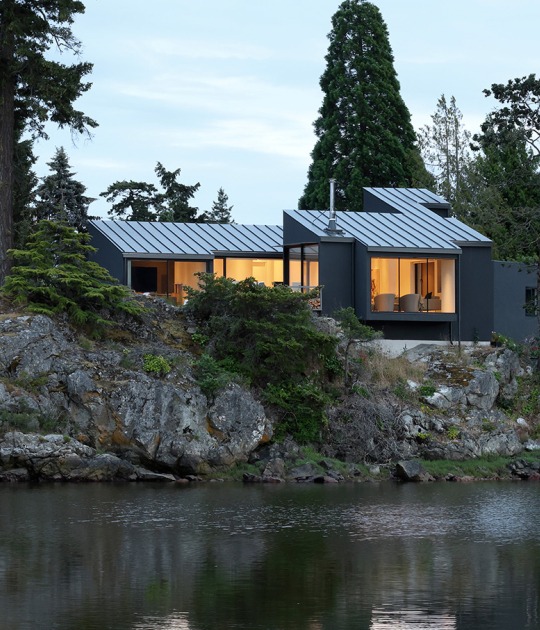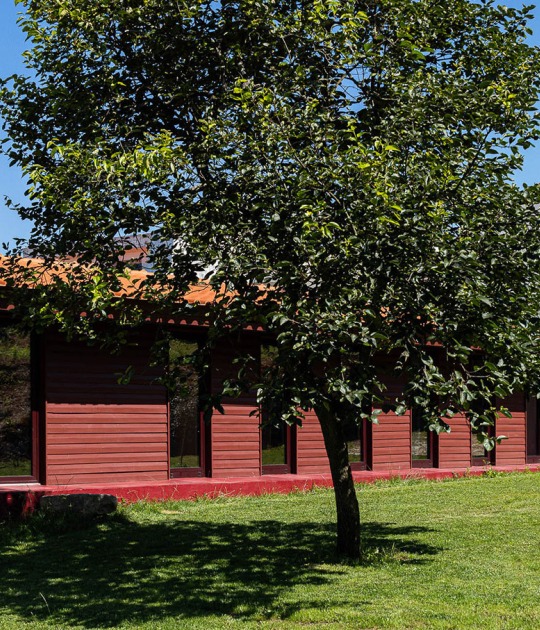The building is inserted into the urban fabric with protective and massive qualities. The continuous volume modulates its presence in the city by adjusting the scale of its openings on each façade in a meticulous way. While the open and luminous interiors are organized around courtyards on which the general circulation flows.

Description of project by Laguillo + Marqués + Schönegger
Located in front of the monumental complex of the city of Cordoba, the Campo de la Verdad has undergone a major transformation in recent years. The rehabilitation and pedestrianization of the Roman Bridge and the surroundings of the Calahorra Tower, as well as the construction of the Miraflores Bridge, have substantially improved the connection between the two banks of the Guadalquivir River. Also, important facilities such as the new Miraflores Park and the Andalusian Space for Contemporary Creation C4 have dissolved the condition of the suburb outside the walls that have historically characterized this place. From this point of view, the land occupies a strategic position and should be understood not only concerning the local fabric but also to this new condition.
The affectation of a Typological Protection Ordinance induced a typological recreation based on the definition of massive, protective facades and open and luminous interiors organized around courtyards on which the general circulations are poured. The project interprets these regulations as the desire to evoke familiar situations in our culture: the hallway as a transition between the public and the private; the contrast between the controlled and calm atmosphere of the courtyard -characterized by the presence of water and vegetation- and the heavy facades of vertical openings; or certain materiality derived from the construction using traditional systems. Therefore, one of the main objectives was to translate this architecture into a contemporary language, establishing at the same time a relationship of continuity -without nostalgia- with the values and memories that we associate with it from the collective memory.
The entrance to the building is proposed from a small public space. This relationship of continuity between the street and the courtyard, the public and the private, is articulated through the vestibule understood as an entrance hall, a waiting threshold. The complex will be organized around a courtyard, warm and calm, characterized by the presence of vegetation and water, a traditional system of passive control of environmental conditions. Vehicle access is from a side street, taking advantage of the unevenness of the land to reduce the depth of excavation and allow access via a gentle ramp.
The building appears massive and protective to the city, a continuous body that modulates its presence by adjusting the scale on each façade. Towards the river, the openings are larger in response to the riverside landscape and the views of the monumental complex, while towards the interior of the neighborhood they are reduced in size, establishing a certain relationship of continuity with it.
The program consists of 14 apartments with a garage, most of them open exclusively to the outside to preserve the privacy of the gallery. The small program is common in all of them: toilet, living-dining-kitchen-kitchen, and bedroom projecting the continuity between the latter to create a more fluid space to compensate for its reduced surface.
An ornamental railing with an almost textile quality resonates with images of popular culture and plant motifs. Traditional washed Chinese, natural stone, lime mortar, wood, water, and plants complete the materiality of the courtyard, intoned to produce a pleasant atmosphere, familiar and strange at the same time. A tension between tradition and contemporaneity finally threads all the decisions of the project.



























































